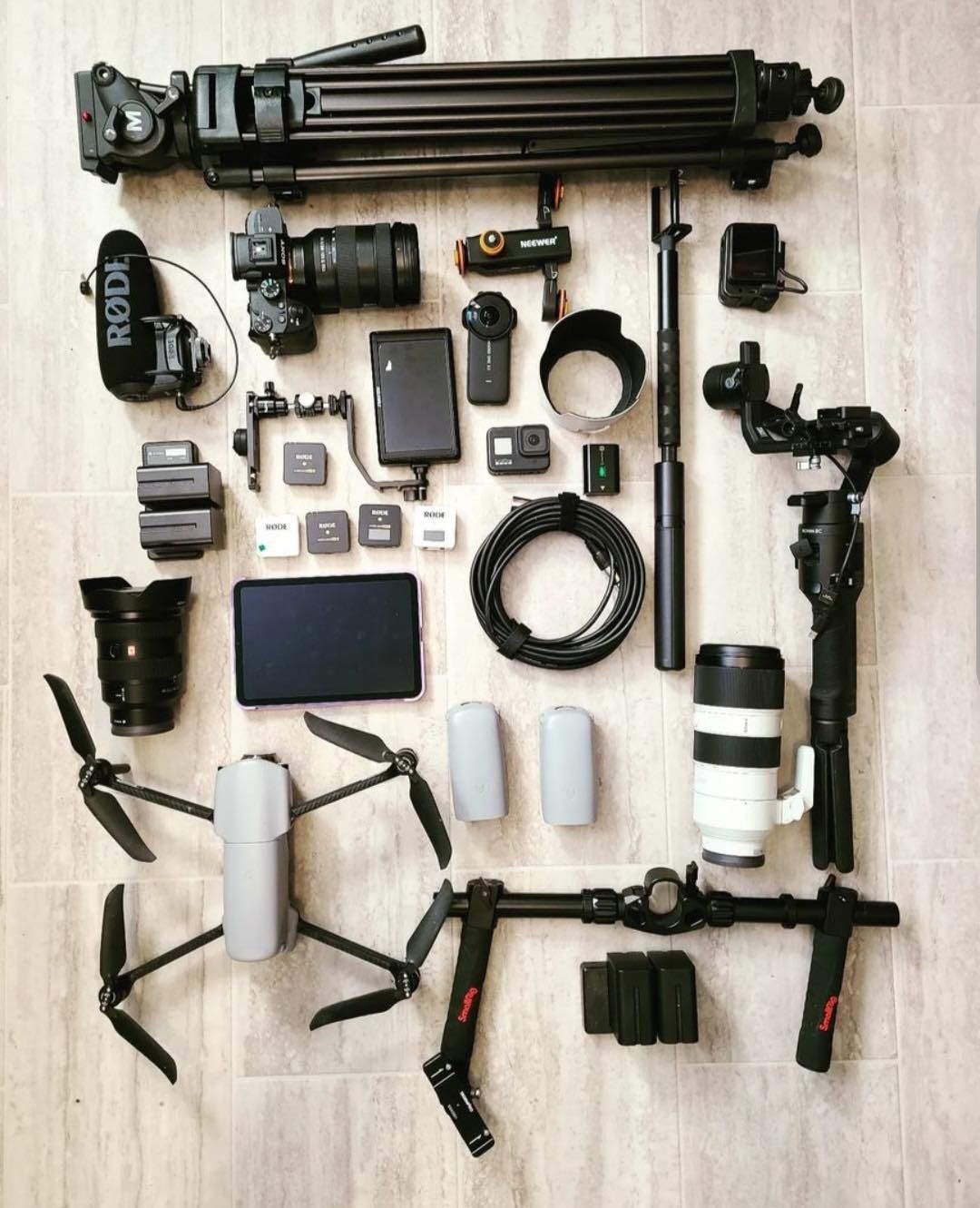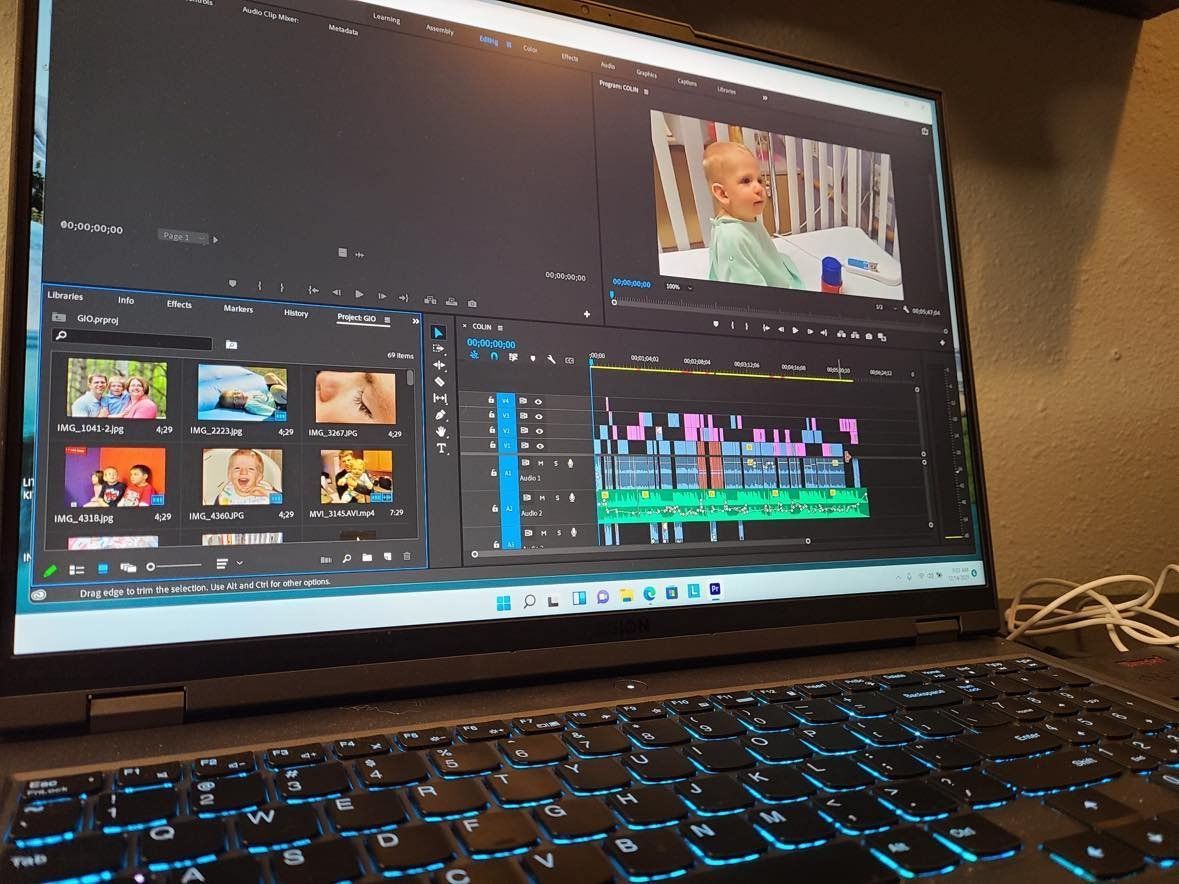Smartphone vs. Professional Camera: Highlighting the Key Differences
Our smartphone cameras have come a long way when it comes to image and video quality. The cameras on today’s smartphones are impressive and portable, making it easy for almost anyone to capture great images. But there are still some major differences between the cameras in your pockets and the cameras that professionals still rely on. Let’s explore by comparison:
1. Image Quality:
Smartphone: Today’s smartphones boast high-resolution sensors, advanced image processing, and multiple lenses for various shooting scenarios. They excel in well-lit conditions, delivering sharp and vibrant images suitable for sharing on social media or casual photography.
Professional Camera : Professional cameras, whether DSLRs or mirrorless cameras, are designed for superior image quality. They feature larger sensors, better low-light performance, and interchangeable lenses. This allows for greater control over depth of field, dynamic range, and overall image quality. They are the go-to choice for high-end photography and cinematic videography.
2. Manual Control:
Smartphone : While smartphones offer some manual control options like exposure compensation and focus adjustments, they are primarily designed for quick, point-and-shoot photography. Manual controls are limited compared to professional cameras.
Professional Camera : Professional cameras provide extensive manual control over settings like aperture, shutter speed, ISO, and white balance. This level of control is essential for achieving specific creative effects, such as bokeh (blurred background) or long-exposure photography.
3. Lens Options:
Smartphone : Smartphone cameras are equipped with fixed lenses or limited zoom capabilities. While multiple lenses are becoming more common, they may not offer the same versatility as interchangeable lenses found in professional cameras.
Professional Camera : Professional cameras support a wide range of interchangeable lenses, allowing professionals to adapt to various situations. Whether it's a wide-angle lens for landscapes, a telephoto lens for wildlife, or a fast prime lens for portraits, the options are extensive.
4. Portability and Convenience:
Smartphone : Smartphones are incredibly portable and convenient. They are always at your fingertips, making it easy to capture spontaneous moments without carrying additional gear.
Professional Camera : While professional cameras offer superior quality and control, they can be bulkier and require additional accessories like lenses, tripods, and camera bags. This can make them less convenient for everyday use.
5. Post-Processing:
Smartphone : Smartphones often come with built-in editing apps, allowing users to quickly enhance and share photos. There's a wealth of photo editing apps available for smartphones, making it easy to fine-tune images on the go.
Professional Camera : Professional cameras capture images in RAW format, which offers greater flexibility in post-processing. However, this requires more time and skill to edit effectively using dedicated software.
Ultimately, the best camera is the one that suits your specific requirements.













